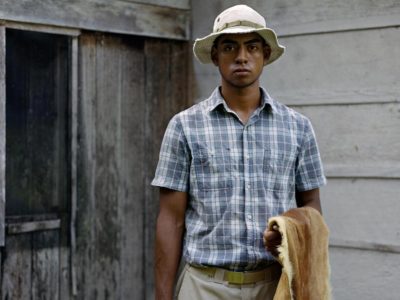In the Room – Tender Portraits of Mothers Breastfeeding their New-Born Babies
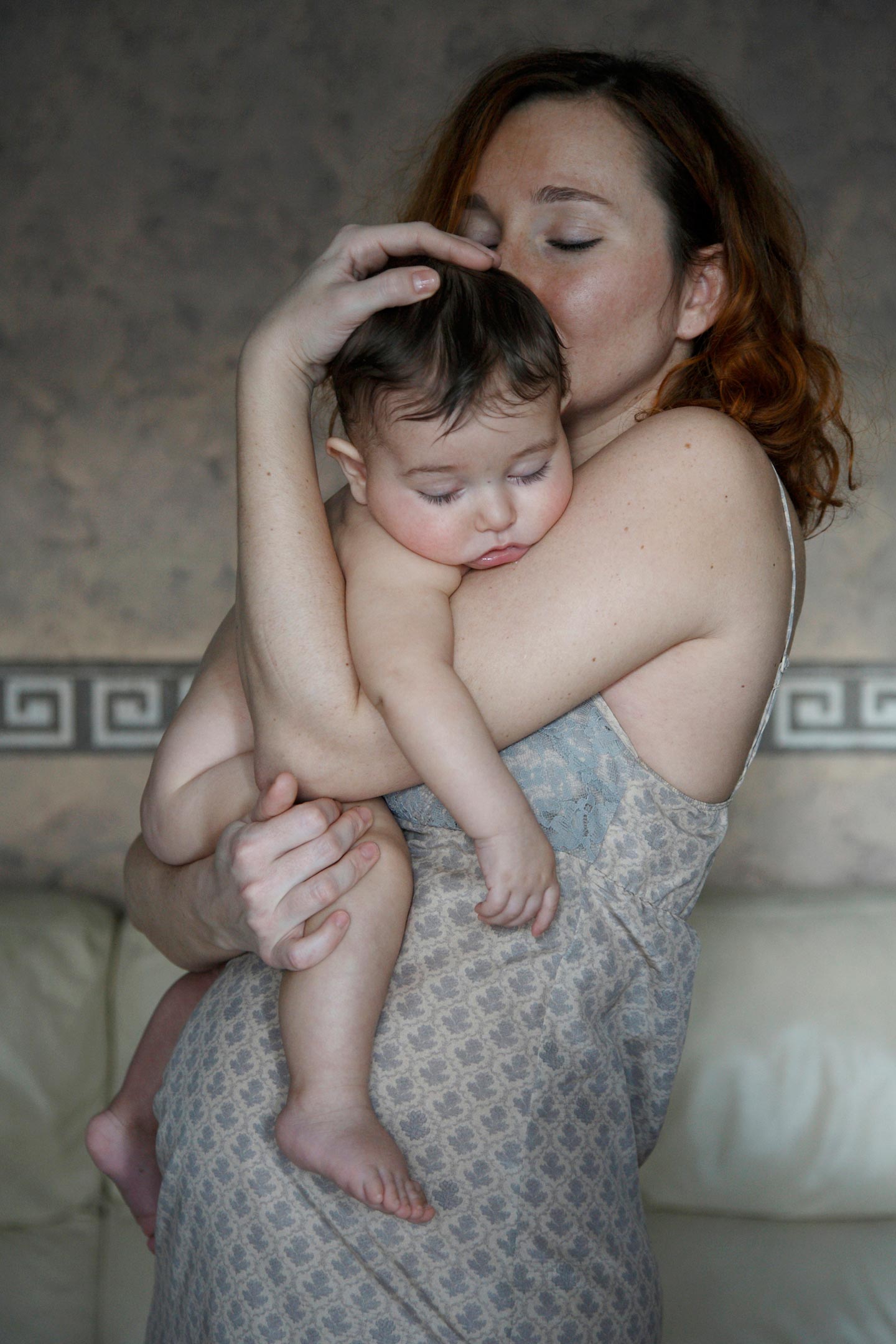
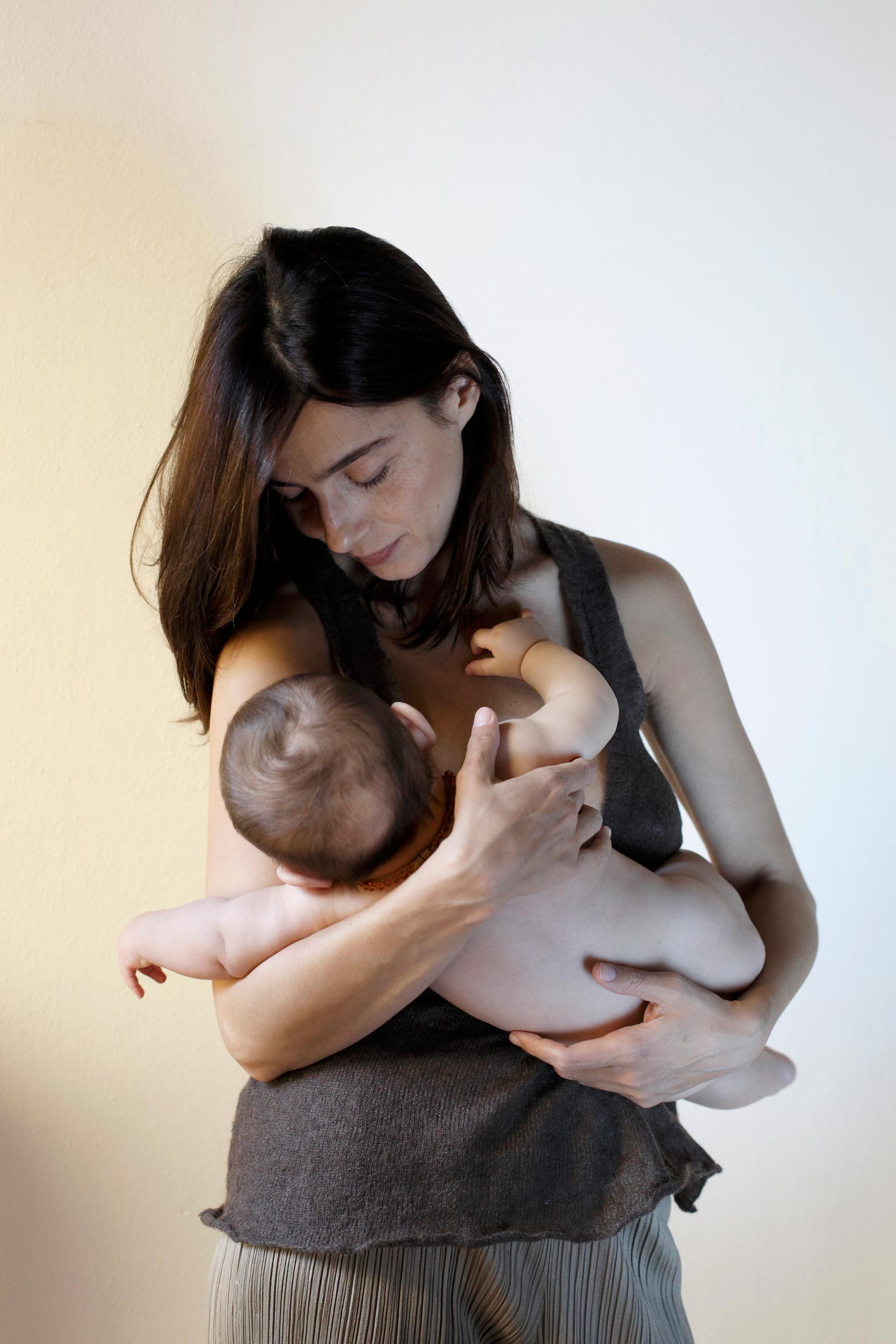
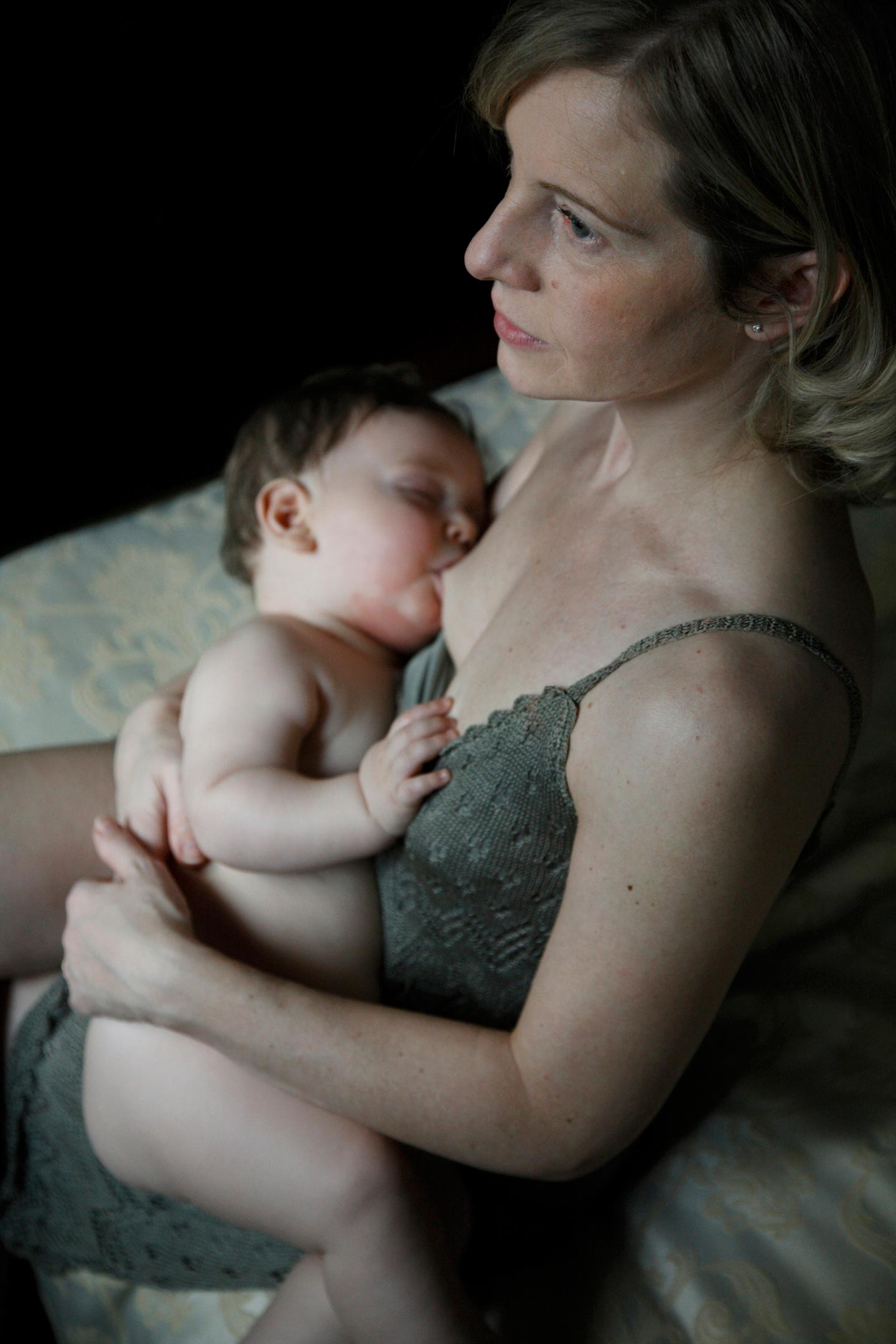
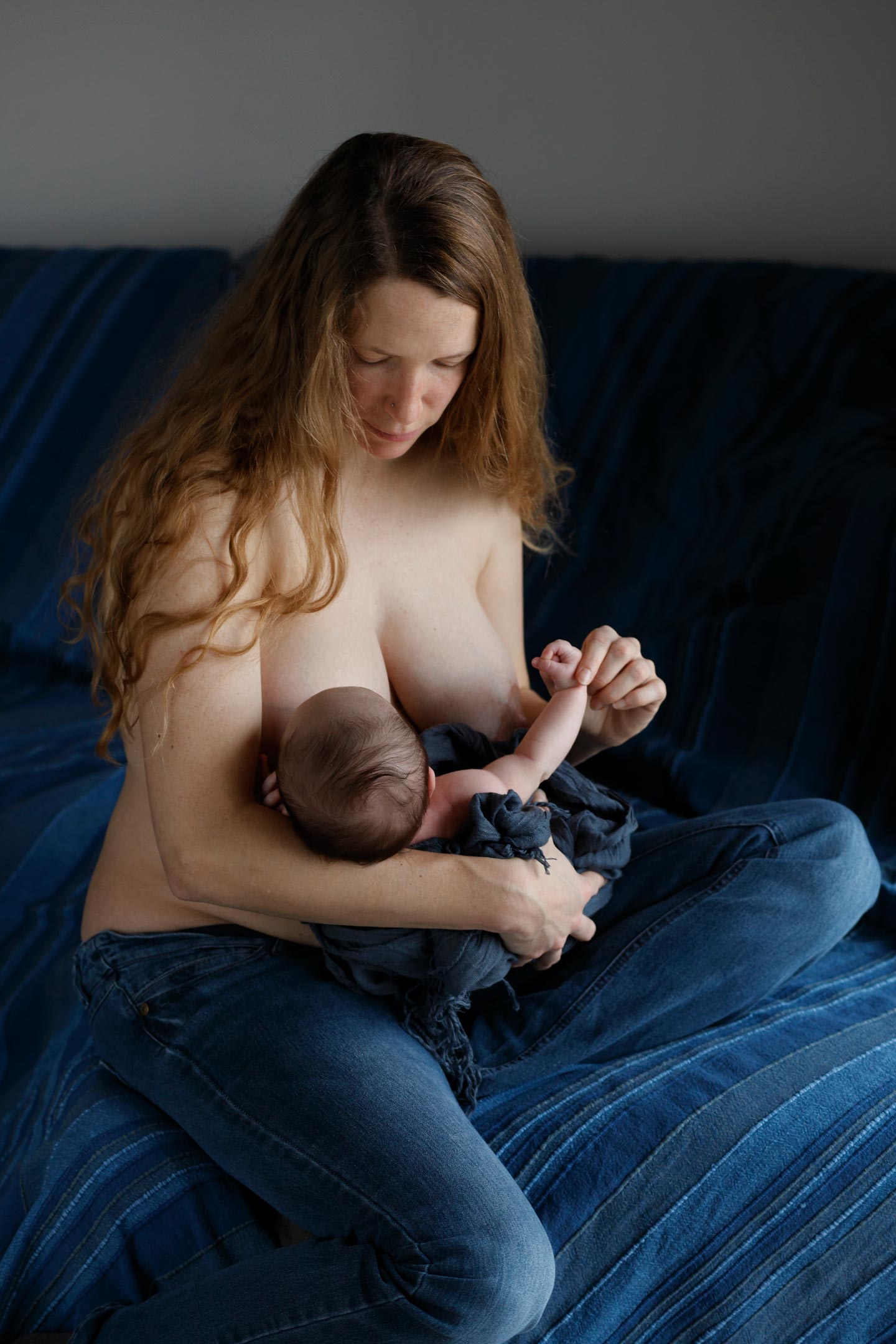
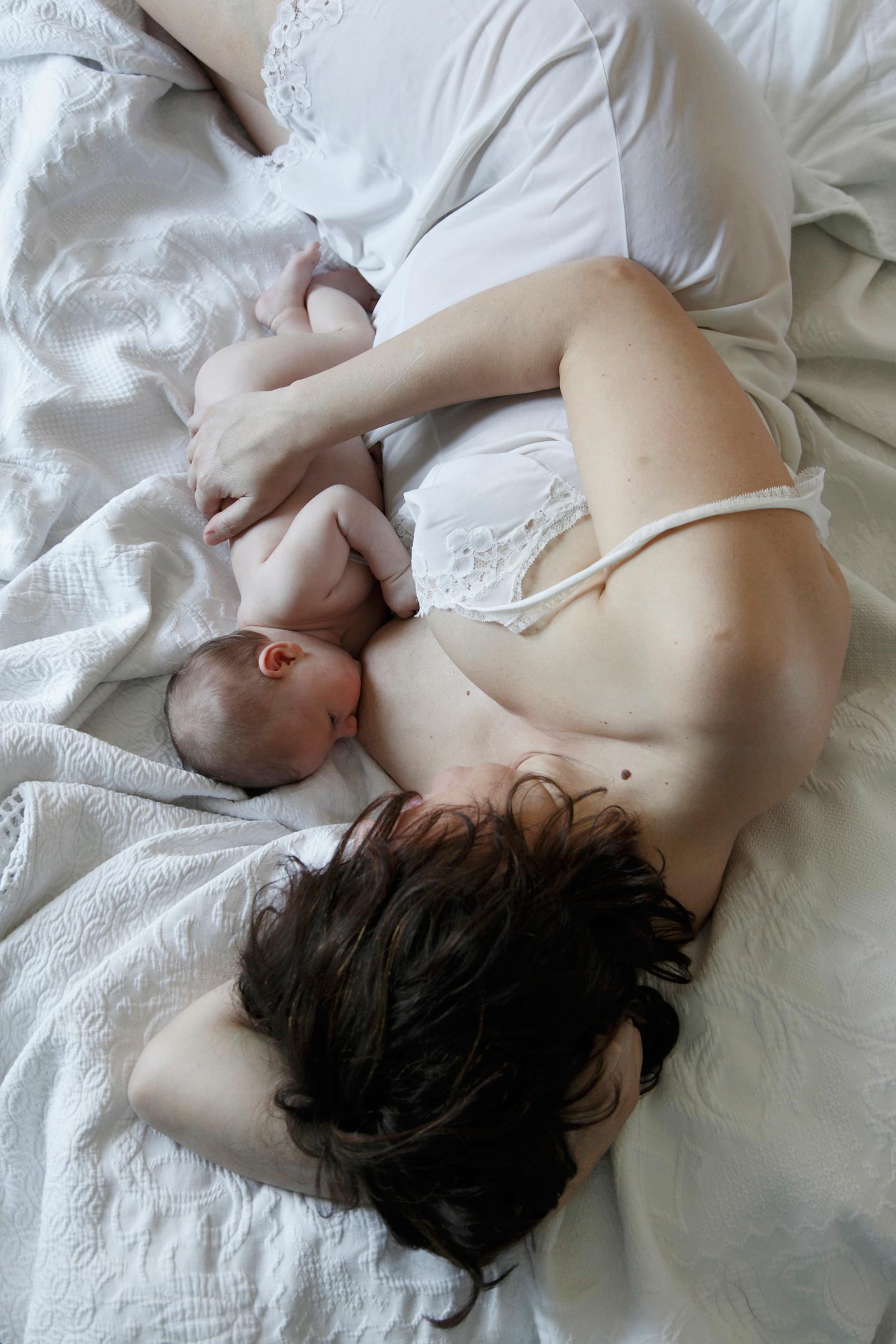
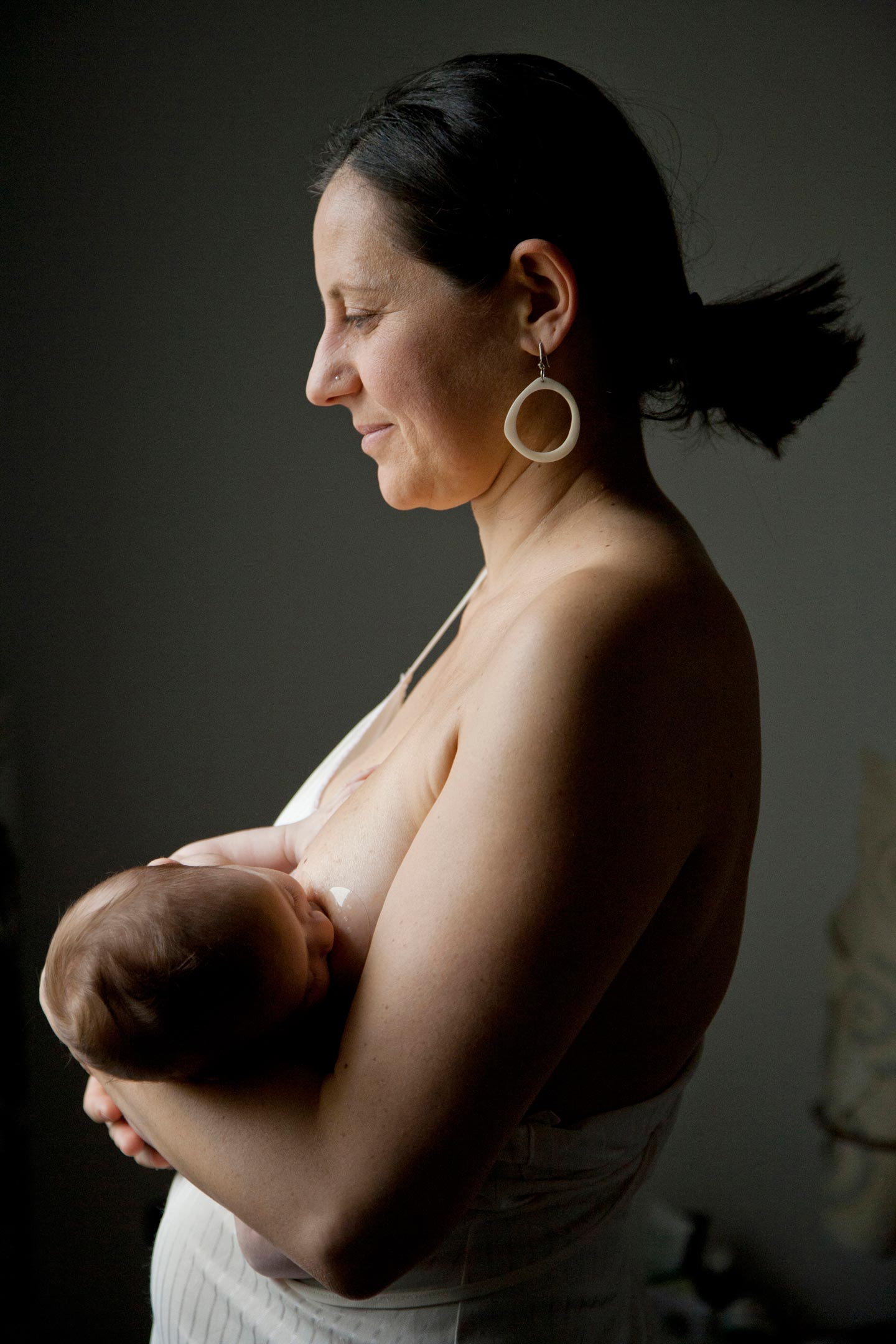
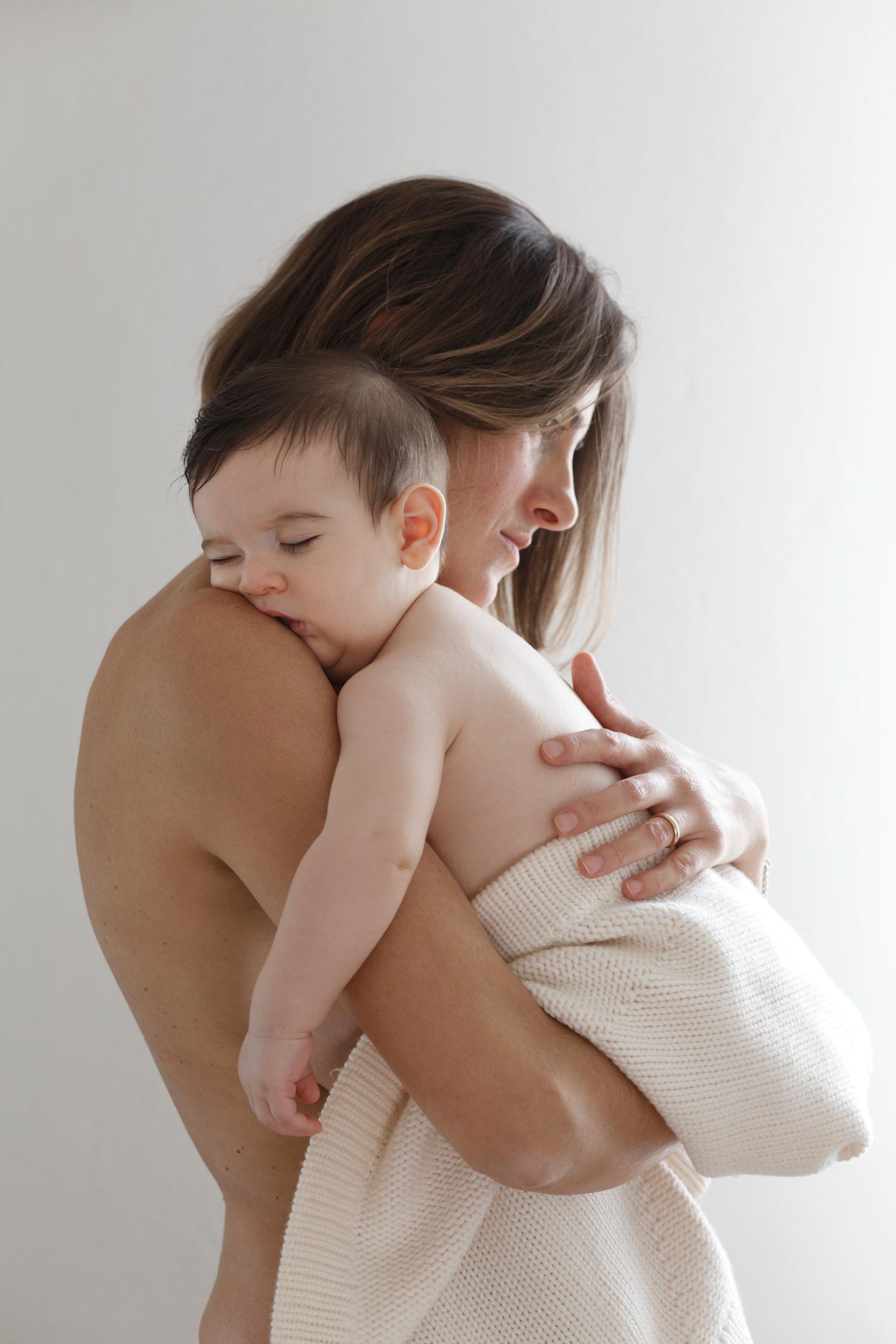
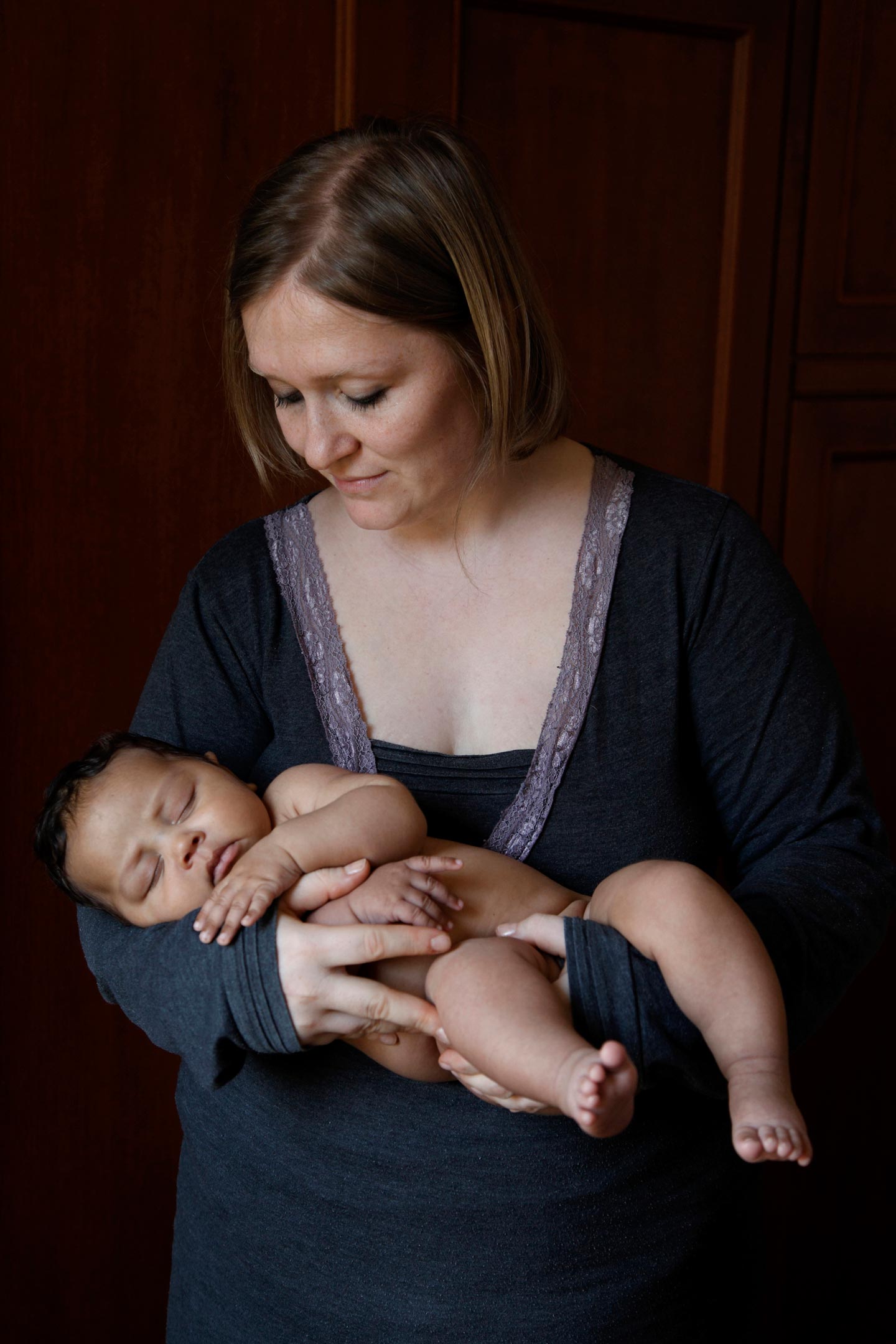
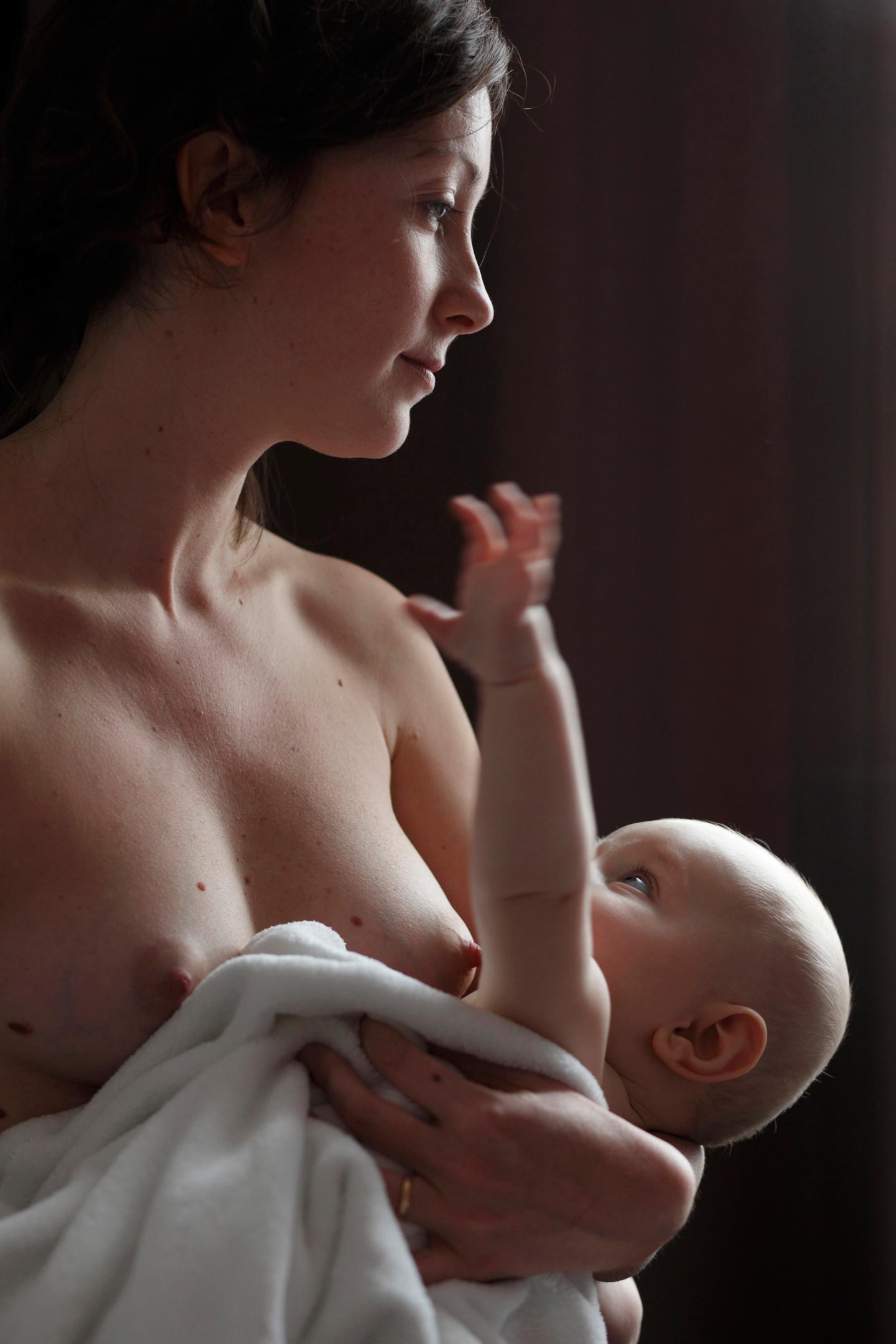
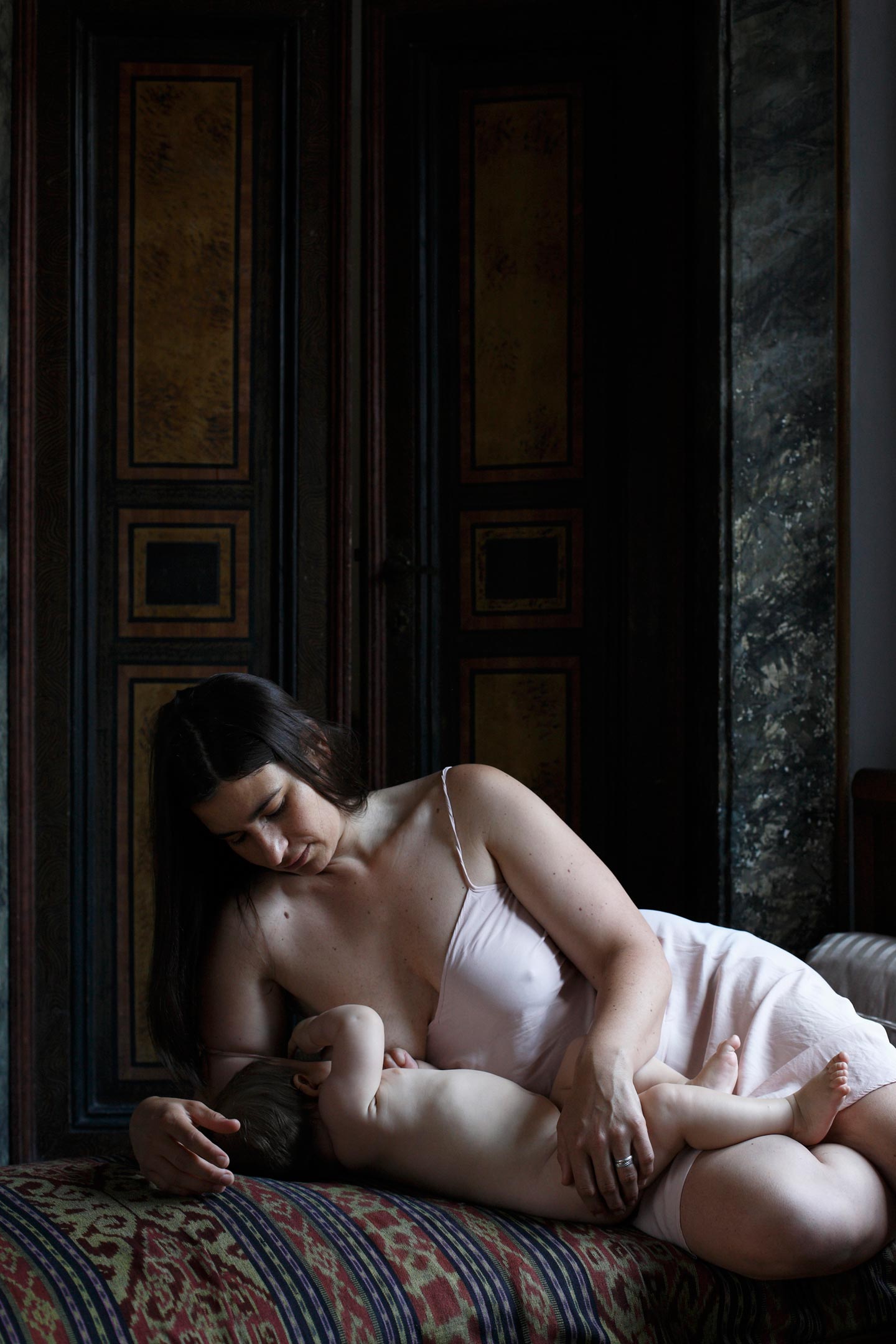
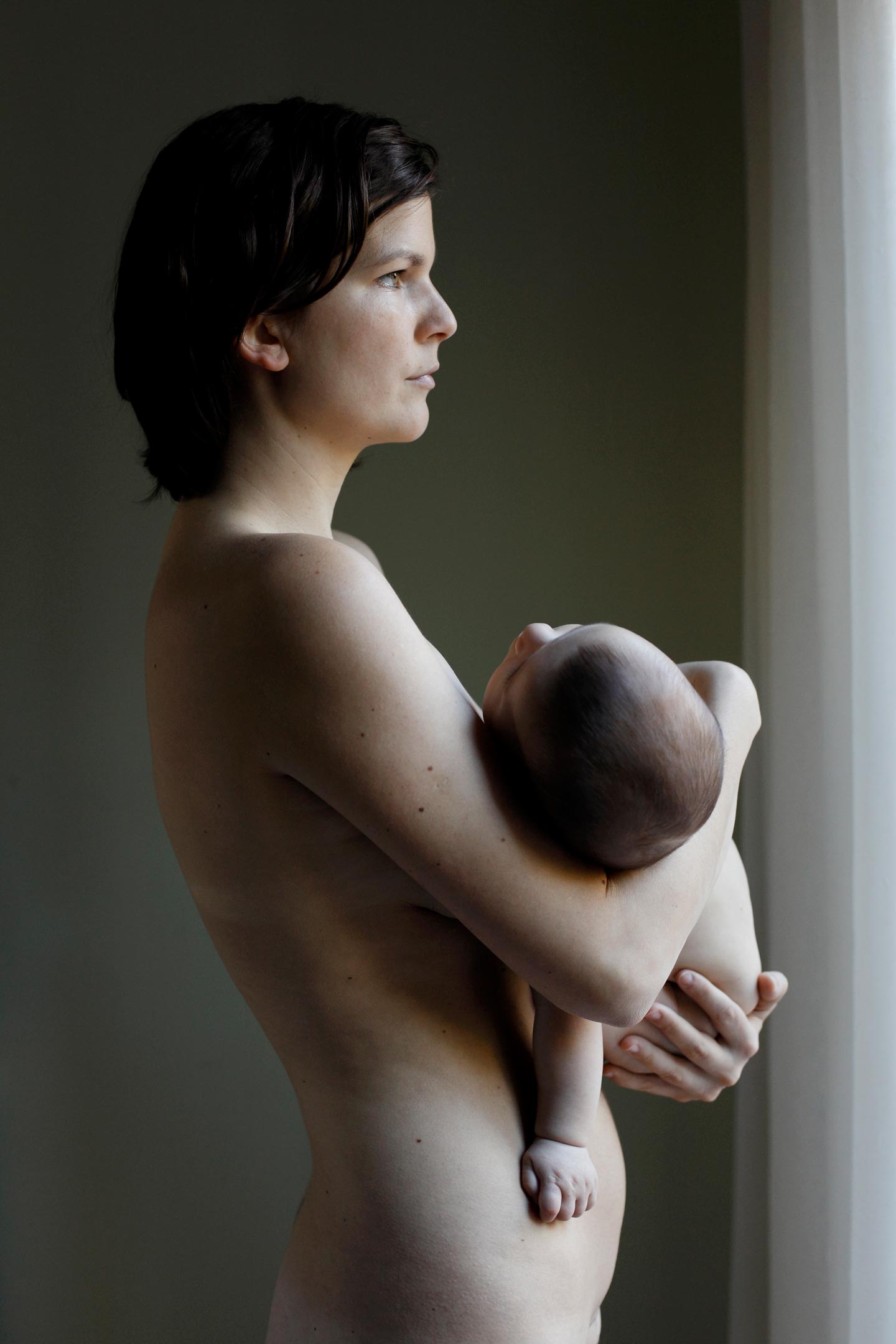
45 year-old Italian photographer Francesca Cesari speaks about In the Room, a body of work that celebrates the bond between a mother and her new-born baby in the daily ritual of breastfeeding.
Hello Francesca, thank you for this interview. Please introduce us to In the Room.
In the Room is a series of portraits taken in the moment a mother breastfeeds her child to sleep. The project aims to describe the atmosphere of privacy and symbiosis that surrounds the subjects, and the unique role played by the mother in this delicate situation – a protective, powerful figure and a delicate, sometimes fragile creature at the same time.
What inspired this series of portraits?
It all started with a sort of vision I had. I was taking pictures of a friend of mine with her new-born child when the baby started crying, so we stopped shooting and she decided to move to a darker room to calm him down by breastfeeding him. I silently followed her, and saw how in just a few minutes the baby moved more and more slowly while the mother was singing an undefined lullaby, until he surrendered to sleep. That moment of reunion was an amazing scene for me to witness, a magic that involved low lights, feeble sounds, touching bodies, and a strong sense of belonging to each other. Even though I am a mother myself, that was the first time I experienced so strongly from the outside the arcane magic of that moment. I started working on the project that very day.
Can you talk a bit about how you approached the work, and what were you most interested in capturing in your portraits?
I’ve been working only with natural light and photographed in the homes of my subjects, so that they could move naturally in their environment, without any set-up (except for a collapsible reflector).
The idea behind In the Room was to describe the atmosphere of intimacy and privacy of the moment when a mother breastfeeds her child, without being overly sentimental. Nonetheless, I tried to leave room for the feelings that could emerge in each session, in particular the mother’s feelings: her tenderness or strength, exhaustion or self-confidence, dedication or sense of routine.
How did you find the women we see in the pictures, and what did they think about being photographed with their new-born babies?
The models are friends, acquaintances, or women I got to know exclusively for the project: I wrote an email to female friends and womens’ associations presenting my project and asking if they could forward my request to mothers who might want to participate.
All the women I met and photographed were really open, willing to pose and happy with the results. They were curious about being photographed while nursing their babies, and glad to share that moment with another woman.
Much of your work so far focuses on family relationships. Where does this particular interest come from?
I’ve always been a person who loves to observe other people, maybe because I’m not much of an outgoing person… I see in how people behave, present themselves and relate to each other a potential way I myself could be. It’s an endless source of inspiration for life.
Having said that, family relationships are a privileged environment where an amazing variety of contradictory feelings develop, the primal stage where human beings learn to interact with each other and where each one of us discovers to be strictly connected to other people. Exploring these connections through photography often leads me to my personal story, and helps me reconsider it with different eyes every time.
Did you have ay specific references or sources of inspiration in mind while working on In the Room?
I examined at a lot of photographic works about maternity to get an idea of what had been made on this topic before. However, it was looking at sculptures and paintings – and especially sacred art, from Byzantine to contemporary – what made me fully aware of how the mother-baby couple is a veritable icon, a powerful timeless symbol, an archetype that belongs to everyone’s experience.
What have been the main influences on your photography?
My academic background in Art History has determined my strong, classical approach in composing the images. I very much appreciate some of the late and post -Impressionist painters, but my favourite and most inspirational painter is John Singer Sargent, whose work was the subject of my university thesis. His portraits celebrate human characters so deeply and splendidly at the same time – they have always been a reference for me. As for photographers, Irving Penn, Richard Avedon, Mary-Ellen Mark, Sally Mann and Annie Leibovitz were some of the most influential artists in my photographic development.
Who are some of your favorite contemporary photographers?
During these recent years I’ve been following the works of many photographers, especially women, whose style, themes and approach I enjoy a lot. I can think of Lydia Panas, Laura Pannack, Rania Matar and Elinor Carucci, to make a few names.
Choose your #threewordsforphotography.
Human. Contact. Interior.
Keep looking...

Stefanie Minzenmay Wins the Series Category of FotoRoomOPEN | foto forum Edition

FotoFirst — Michael Dillow’s Photos Question the Idea of Florida as a Paradisiac Place
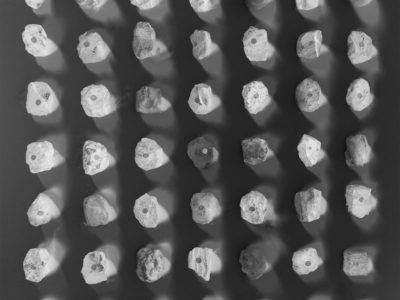
Private Companies Want to Mine Asteroids, and You Should Care About It (Photos by Ezio D’Agostino)
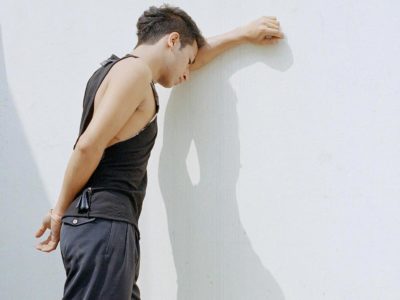
Karolina Gembara’s Photographs Symbolize the Discomfort of Living as an Expat

Robert Darch Responds to Brexit with New, Bleak Series The Island
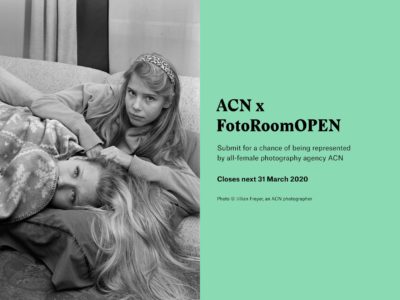
Enter FotoRoomOPEN for a Chance of Being Represented by All-Female Photography Agency ACN

FotoCal — Photography Awards, Grants and Open Calls Closing in February 2020
